Our work
Sort: Last updated ⇅
Type keywords into the input element to filter our work gallery.

Financial Aggregation for Distributed Renewable Energy in East Africa
Financial aggregation is a process in which various assets are grouped together and financed or refinanced by investors, based on the future cash flows from these assets. UNDP’s Climate Aggregation Platform seeks to promote the scale-up of financial aggregation for small-scale, low-carbon energy companies in developing countries. TFE was contracted to assess the potential of these financial instruments in East Africa, to compile an action plan on steps to address barriers and to develop several knowledge products that will ease the process of closing deals and grow the market towards aggregation-readiness.
We mapped mini-grid, off-grid solar, productive use, captive power (C&I) and e-mobility companies and investors, determined the state of infrastructure, macro-economic, political and demographic conditions and enabling environments needed for DRE financial aggregation and sized the addressable market. We developed country action plans that outline actionable recommendations for moving the market closer to aggregation readiness in each country and also implemented them.
Download the 3-part report series (Uganda, Rwanda and East Africa) from the UNDP website here, and watch a recording of our presentation of findings here.
Read more
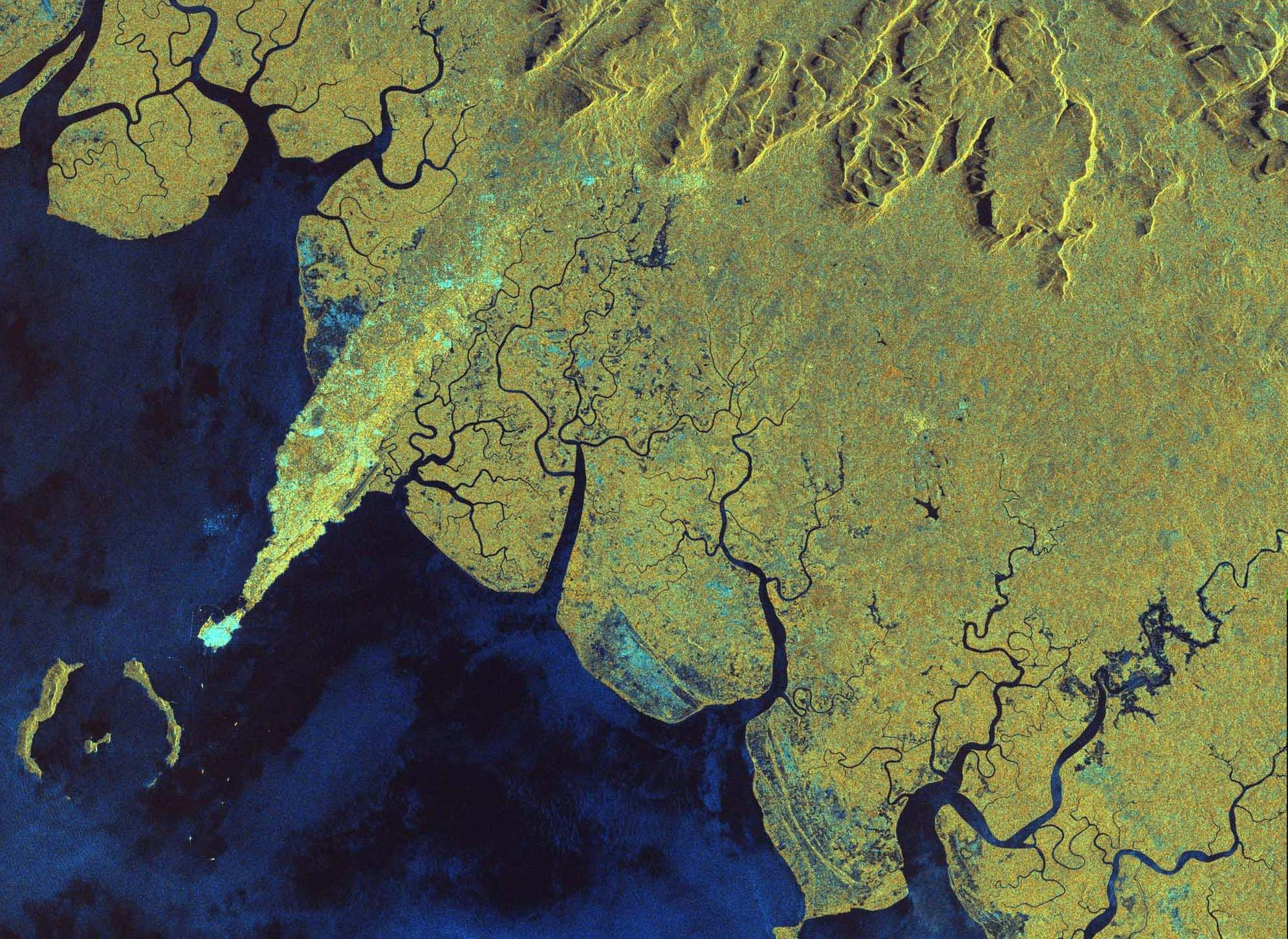
Energy Access for Development along the Southern Guinea Growth Corridor
Rio Tinto engaged TFE to undertake a scoping assessment in order to ascertain which opportunities exist for energy-access-enabled socio-economic development investment along the Simandou corridor in Guinea.
We evaluated and analyzed data from geospatial imagery, conducted desktop research to evaluate the local landscape including a supply-demand assessment and exploratory stakeholder mapping, identified local electrification opportunities that can catalyze sustainable local socio-economic development, mapped promising intervention options and developed cost-benefit scenarios and delivery model options for a subset of intervention projects to be implemented by Rio Tinto.
Read more
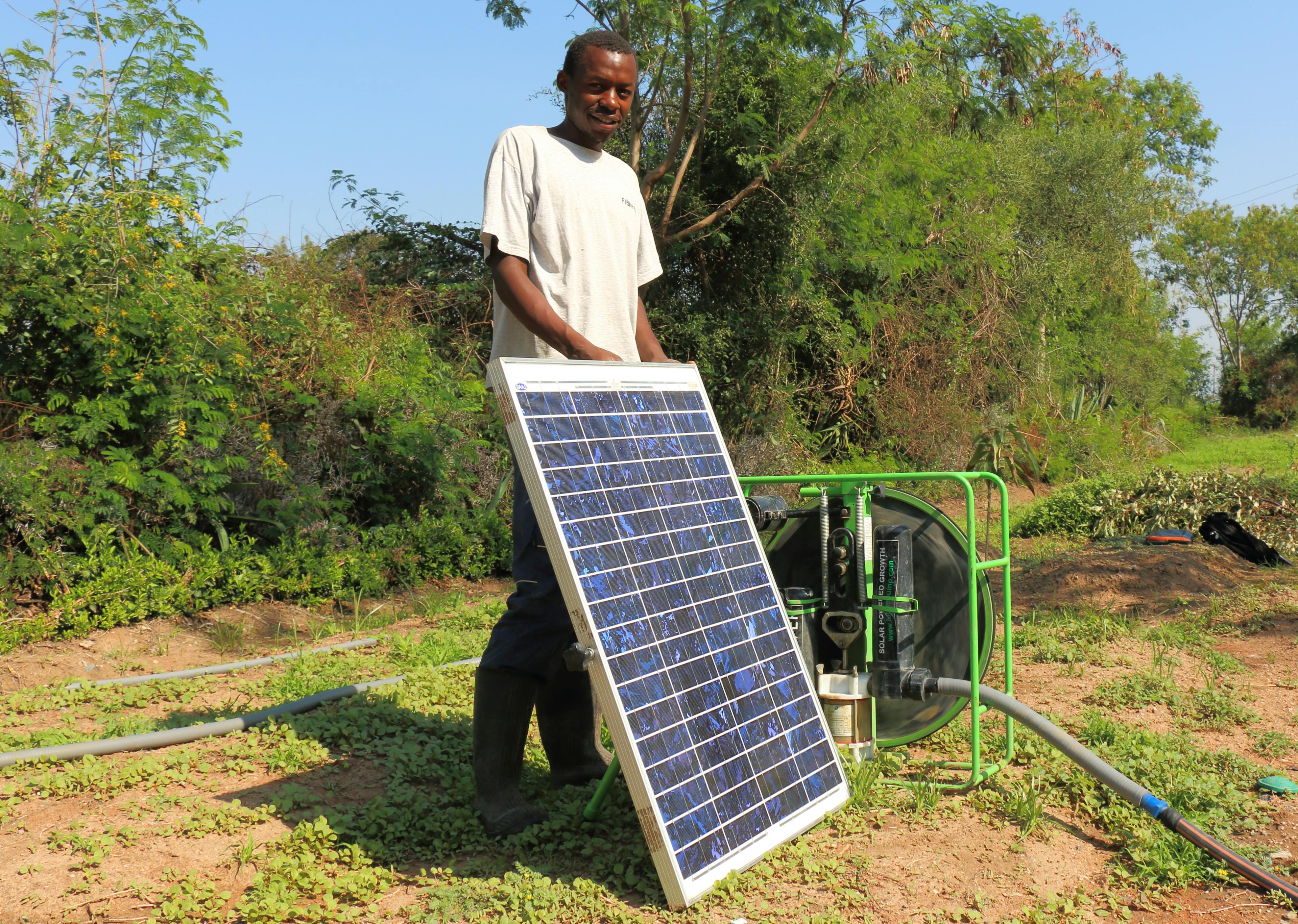
Renewable Energy for African Agriculture
Smallholder farmers are the breadbasket of sub-Saharan Africa. They are responsible for 80% of the region’s agricultural output. Despite their critically important role, they are largely neglected, often living outside the reach of critical infrastructure. Electricity, which plays a vital role in agricultural productivity, remains especially elusive. 80% of the region’s rural population are smallholder farmers and only 29% of this population has access to electricity. Accelerating the pace of electrification would require a fundamental shift in how electrification interventions, especially those in rural areas, are designed and implemented. This report seeks to introduce such a paradigm shift. It compiles extensive research conducted by TFE with support from industry partners as part of the Renewable Energy for African Agriculture (RE4AFAGRI) project of the Long Term Joint EU-AU Research and Innovation Partnership on Renewable Energy, funded by the European Commission.
Download the report and open-source model below. For more information, access our project website here.
Photo credit: Martin Wright / Ashden
Read more
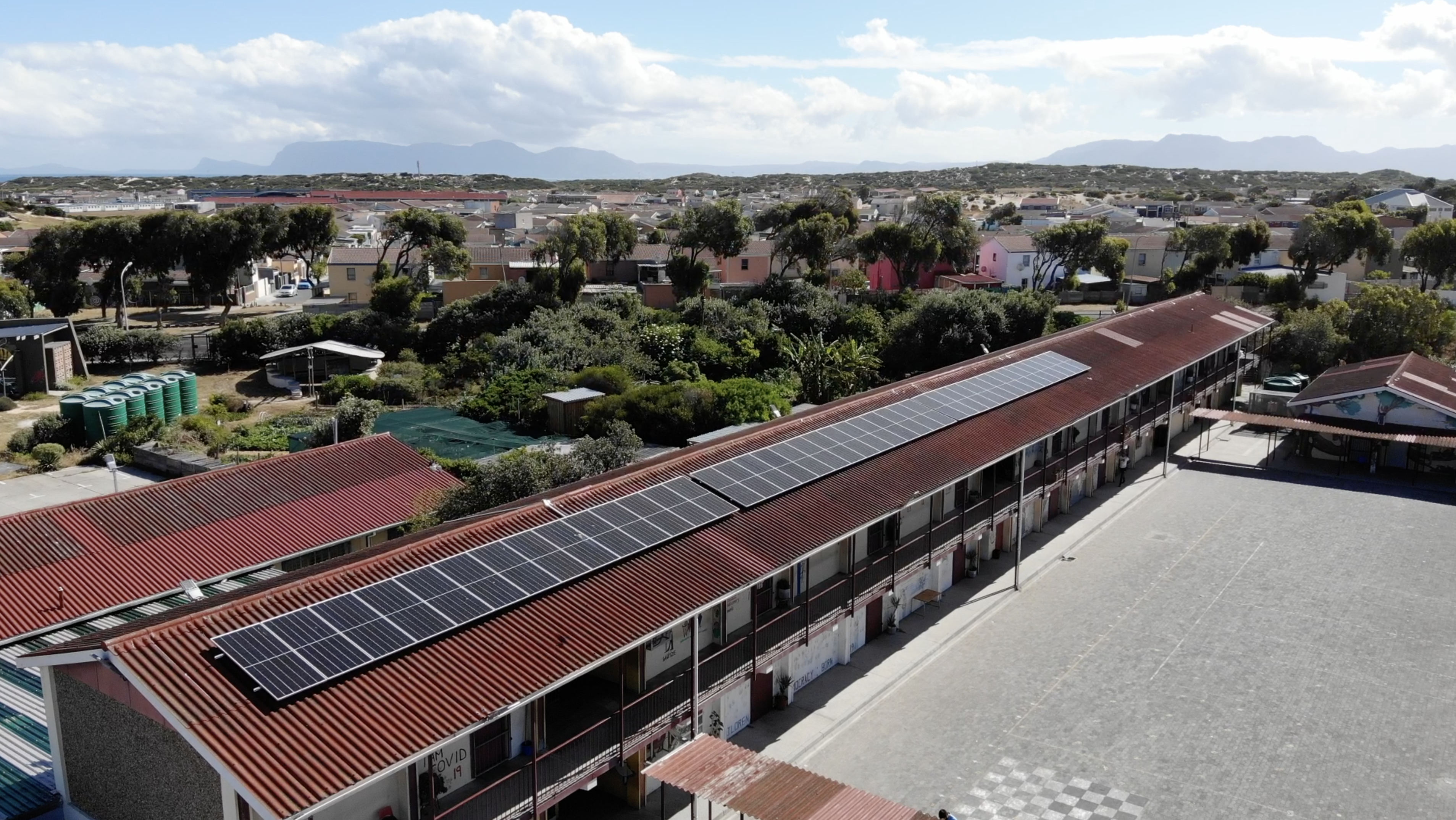
TFE's Solar Schools initiative
The energy landscape in South Africa is in disarray with daily energy blackouts disrupting industry, forcing the closure of small businesses and affecting the lives of millions of people. Young people are disproportionally impacted by these challenges, not least of all because of the vulnerability of their schools. Teaching is crippled by the blackouts and yet schools cannot afford a back-up solar system.
See our promotional Solar Schools video here.
The Smart Schools project is designed to solve exactly this problem. We pay for and install a solar system to reduce the school’s dependency on the grid and keep the classrooms functioning through the black-outs. Smart meters measure all energy use and the school pay for each unit of solar electricity used at a rate pegged at 20% lower than the standard grid tariff. This revenue is used to pay back any initial loans and provide for all maintenance of the system. On top of this, money is set aside for a School Improvements Fund for the school to spend on new library books or computers (for example). Finally, funds are also set aside for the Pay-It-Forward Fund which ensures that after a few years, there is enough capital in place to install solar on another school.
This way the project is not only sustainable, but doubles its impact every few years. Through the Smart Schools project, finance finally becomes regenerative.
The system includes 43 Jinko 470W PV panels, a pair of SunSynk inverters, a single Freedom Won 15kWh lithium-ion battery array and remote control and monitoring equipment. This system is designed to generate 28,079 kWh of electricity per year, which saves the school 70% of their electricity costs.
Read more

Village Data Analytics (VIDA)
Village Data Analytics brings together high impact technology and our deep energy access market expertise in Africa and Asia.
Our software-enabled service can helps governments and electrification companies to identify viable sites or sales regions, to reduce customer credit risk, to make data-based plans and measure impact.
VIDA is a technology incubated by TFE Energy.
We built the technology with support from the European Space Agency and appliedAI. For more information, visit www.vida.place.
Read more
Techno-economic analysis of battery energy storage for reducing fossil fuel use
This study, commissioned by the Faraday Institution, explores how battery storage technologies can be viable and competitive in sub-Saharan Africa. In partnership with DNV GL, we explored the potential of battery systems replacing fossil fuel generator use. TFE performed value chain analyses of batteries and generators used in mini-grids and small-scale behind-the-meter power generation. The report also covers a comprehensive techno-economic model and an analysis of batteries and generators at utility scale.
Read more
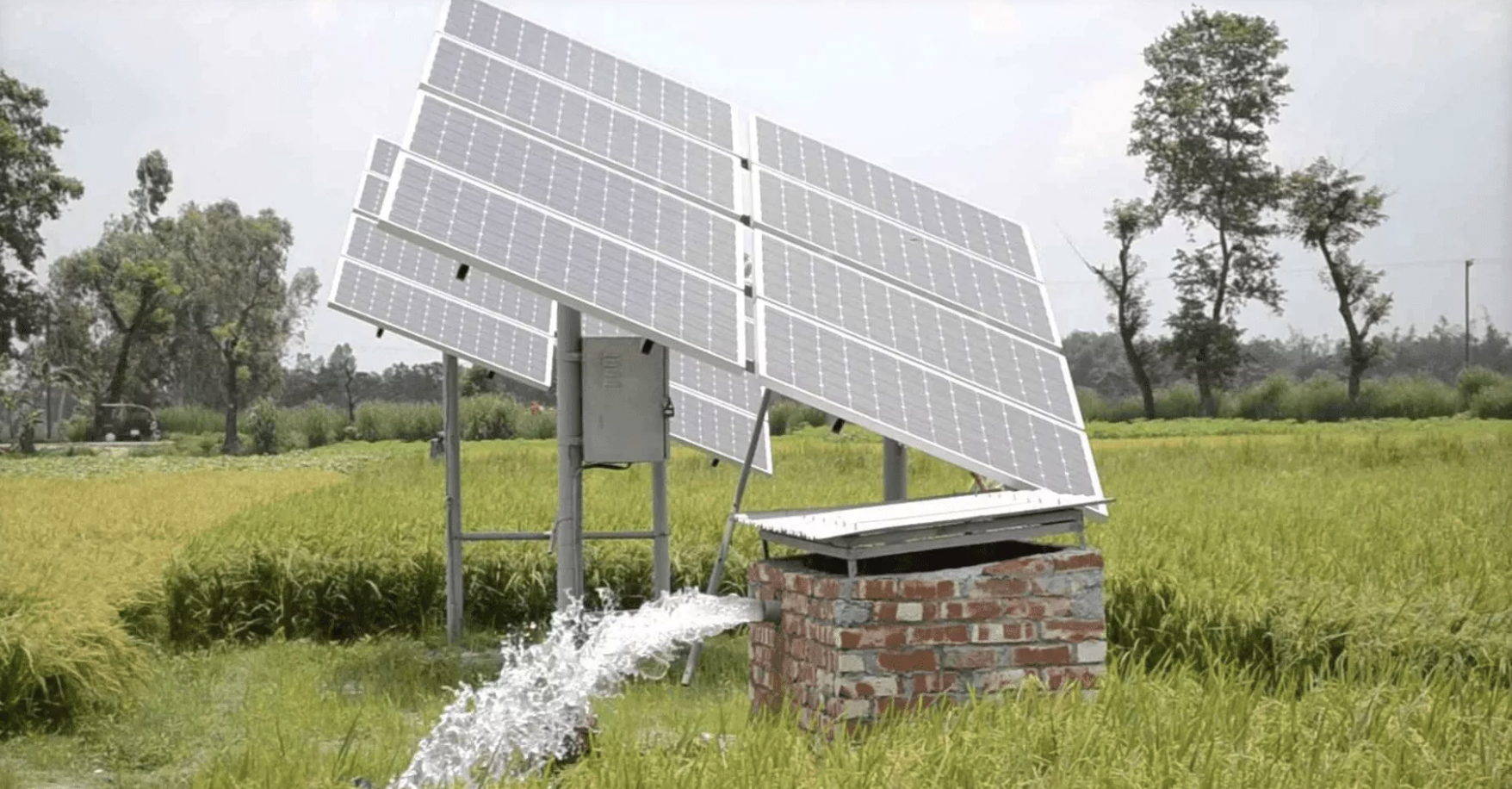
Agricultural value chains electrification: A Modelling Tool to Assess Potential Investment in the Ag-Energy-Water Nexus Case study: Nigerian rice value chain
Access to reliable and clean energy is one of the key challenges that inhibit development of the agricultural sector in poor and developing countries. The modernization of manual and fossil-based agricultural practices through clean energy access is a core element for poverty reduction. However, commercial investment is still inaccessible for the majority of the sector and investors struggle to make a profitable case when approaching such high risk opportunities. Investment decision making relies more and more on accurate and data-driven indicators; satellite imagery coupled with analytical tools such as Geographic Information Systems (GIS) are unlocking new ways of extracting high-impact information.
A geospatial model has been developed that considers the Agri-Energy-Water nexus from a value chain perspective, standardises processing methods and offers market-driven outputs which can serve as the first step for identifying and de-risking investment opportunities.
The model is meant to be replicable across countries and agricultural value chains and allows the processing of raw geospatial datasets to obtain the spatial distribution of energy requirements for the electrification of prospective irrigation and crop processing activities.
Furthermore, it offers the ability to extract economic indicators through a techno-economic feasibility assessment to map the areas with the highest potential for electrification. The Nigerian rice value chain has been used to validate the model.
Read more
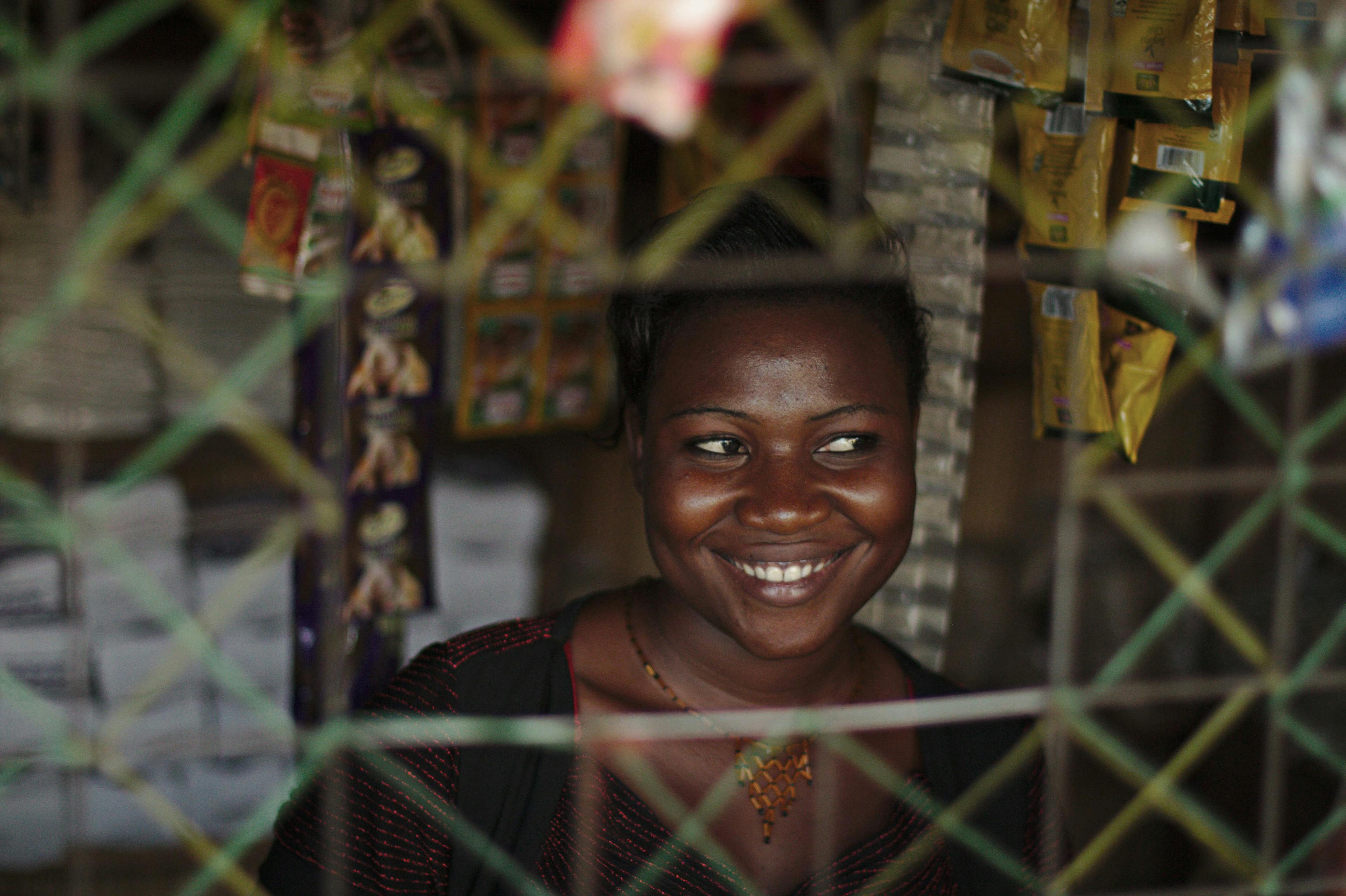
The Rural Futures Fund
Not all mini-grid connections are equal. A small householder using a minigrid connection to replace dirty and dangerous kerosene will generate a tiny fraction of the revenue of a commercial maize mill operator for example. The latter represents a commercial investment opportunity, the former a socially responsible intervention.
Till now, these very different customers have been lumped together, damaging the financial case for private sector investors and muddying the waters for social impact or national government investment.
For the first time, these connections can be disaggregated and packaged according to the finance most suitable for each. This unbundling promises to open up more targeted developmental interventions and unlock the hitherto inaccessible types of commercial investor necessary for the industry to finally reach scale.
Read more

Energising Agriculture in Myanmar
Energy access challenges are not confined to rural off-grid regions, they extend down agricultural value chains to on-grid urban markets where larger processors prepare output that is ready for wholesale or export markets. As one of the first of its kind to explore the agriculture/energy nexus beyond village scale productive uses, this study:
Describes tools that can be used to evaluate agricultural processes along the entire value chain continuum from small off-grid processors in the village to large on-grid urban factories;
Combines existing best practice, geospatial data, on-ground surveys and market information to evaluate the energy needs, value addition and practical characteristics of processing steps along three economically significant value chains in Myanmar - rice, cotton and BPO (beans, pulses and oilseeds);
Outlines opportunities to strategically invest in improving energy access along value chains to increase the value captured by rural farmers, boost processor productivity and strengthen this nationally vital sector.
Read more

Actionable intelligence on distributed energy markets in Africa
It is difficult to find comparable, country-to-country information on distributed energy markets in sub-Saharan Africa. This has long been a barrier to scaled investment. TFE combed through thousands of datasets to compile actionable intelligence on the energy markets of 15 countries across sub-Saharan Africa. These 15 briefs, implemented on behalf of GET.invest, will aid investors and project developers to familiarise themselves with some of the most exciting markets on the continent. Access the briefs here.
Read more
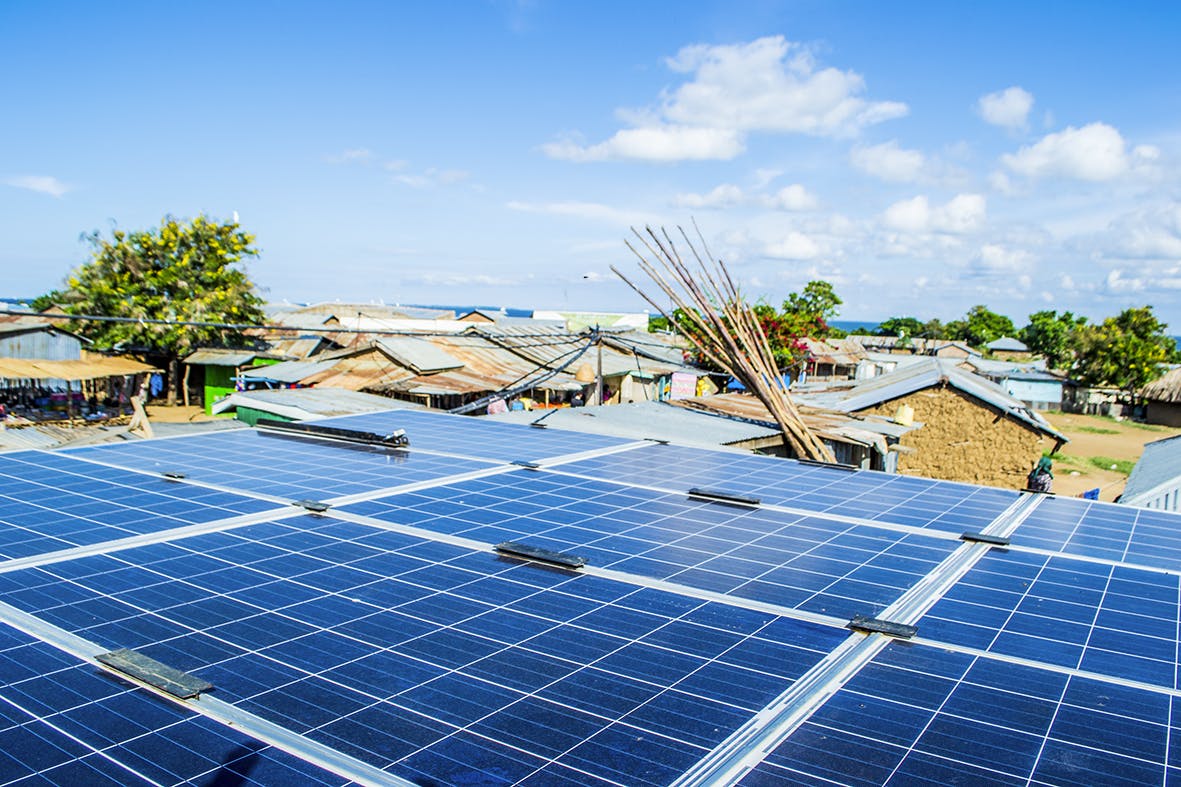
Quality Assurance Framework for Mini-Grids in Nigeria
TFE were contracted by the African Development Bank to implement a Quality Assurance Framework (QAF) for green mini-grids (GMG) in Nigeria. The QAF was originally conceived at a multidisciplinary, high-level stakeholder meeting on mini-grids at the Fourth Clean Energy Ministerial in New Delhi, India, in 2013. The original driver was to “develop standards to set a level playing field, encourage investment, and drive down prices.” As a result of this recommendation, the U.S. Department of Energy (DOE) teamed with the National Renewable Energy Laboratory (NREL) to develop a QAF for isolated GMG power systems. The QAF is a wide-ranging set of standards of power quality, reliability and availability and includes a performance reporting protocol that is based on these standards. This allows the monitoring of GMG performance at both the individual site and portfolio levels.
TFE initially the QAF and performance reporting protocol so that it was applicable to the local context of Nigerian rural GMGs. This was done in close consultation with the Africa Mini-Grid Developers Association (AMDA), NERC, the Rural Electrification Authority (REA) of Nigeria and individual mini-grid developers.
The QAF also includes the reporting of metrics that are required according to the Nigerian Regulator’s Mini-Grid Regulations of 2016. With the use of a web-based platform developed by Odyssey Energy Solutions, the developer can have their own designated dashboard where they will be able to ensure compliance with the regulations and easily monitor the most important performance metrics of their mini-grid operations.
The QAF has now been translated into French for application across West Africa.
Read more

Estimating electricity demand in remote villages
In this case study, we demonstrate how earth observation and machine learning can offer energy demand prediction in remote villages. The case study in Kenya integrates and compares Village Data Analytics (VIDA) and e-GUIDE. It shows how energy consumption predictions have reached a significant degree of maturity and can help electrification site selection and village-level analysis by providing a thorough assessment of the potential for rural electrification at the scale of the entire country and with the precision of individual villages.
The results presented here employ machine learning techniques to draw insights from satellite imagery and electricity consumption data from grid-connected customers. They show how these technologies enable scalable data-driven energy access planning for government planners, utilities, and off-grid electrification companies.
Read more

VIDA for mini-grid site selection in Togo
This case study shows how VIDA can support government planners and DFIs to prepare data-driven mini-grid tenders. In Togo, VIDA conducted a review of the quality of on-ground survey data collected from 317 potential mini-grid villages. Then, we illustrate how VIDA can complement on-ground survey data with additional information and mini-grid specific data analysis.
During this study, we found that survey parameters have weak correlations, making them unreliable to assess the viability of mini-grid sites. We have added our suggestions on:
how VIDA can enhance the quality of survey data with additional data
how its algorithm can analyze villages for mini-grid viability and
how VIDA can support the mini-grid tendering process reliably, at scale and at speed
Read more
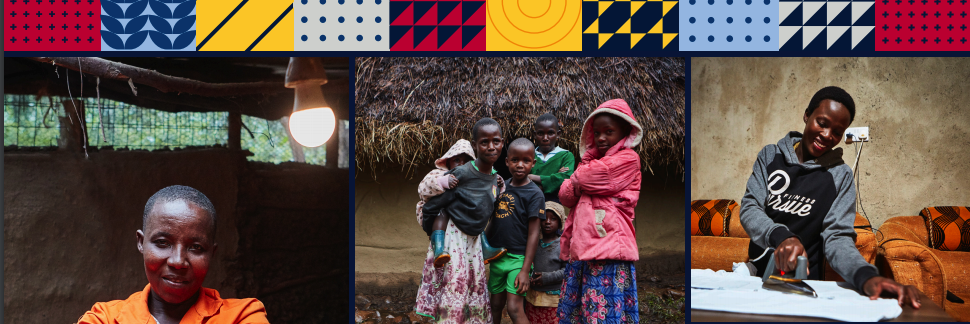
Off-grid solar market assessment for 14 underserved counties of Kenya
VIDA is an artificial intelligence (AI) powered, data-enabled service that utilizes satellite imagery, publicly available geospatial data, on-ground survey data, and energy modeling to identify and extract insights about rural villages and to assess their suitability for off-grid electrification, including mini-grids.
In this work with USAID and Power Africa, we analyzed rural settlements in 14 underserved counties of Kenya. By combining information about settlements, grid availability, anchor customers and road infrastructure, VIDA was able to show detailed insights to help solar home system companies plan expansion, sales and logistics and mini-grid developers identify sites. The VIDA methodology can significantly accelerate strategic
decision-making.
Read more
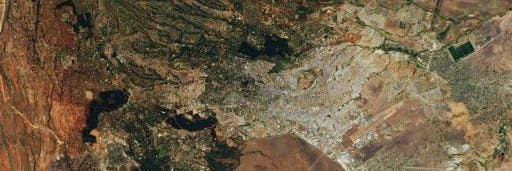
Predicting mini-grid performance in Tanzania using Village Data Analytics
The goal of the project was to validate VIDA’s site assessment capability by comparing VIDA predictions with the on-ground data of operational mini-grids. The test was performed together with ENGIE PowerCorner on 12 mini-grid sites in Tanzania. Actual site performance was shared only after the VIDA prediction was made, then the two were compared.
During the validation, we found that:
VIDA’s prediction of the viability of mini-grid sites closely matched the actual performance (mostly within 1 sigma or σ), with the exception of one site (2.2σ).
VIDA was able to correctly predict high revenue in villages, even where survey data incorrectly suggested lower revenue potential.
VIDA was able to correctly predict significant differences, even for villages that are located in close geographic proximity.
As a result of the successful validation, the VIDA team might now assess 30 additional sites that ENGIE Energy Access considers for future development
Read more
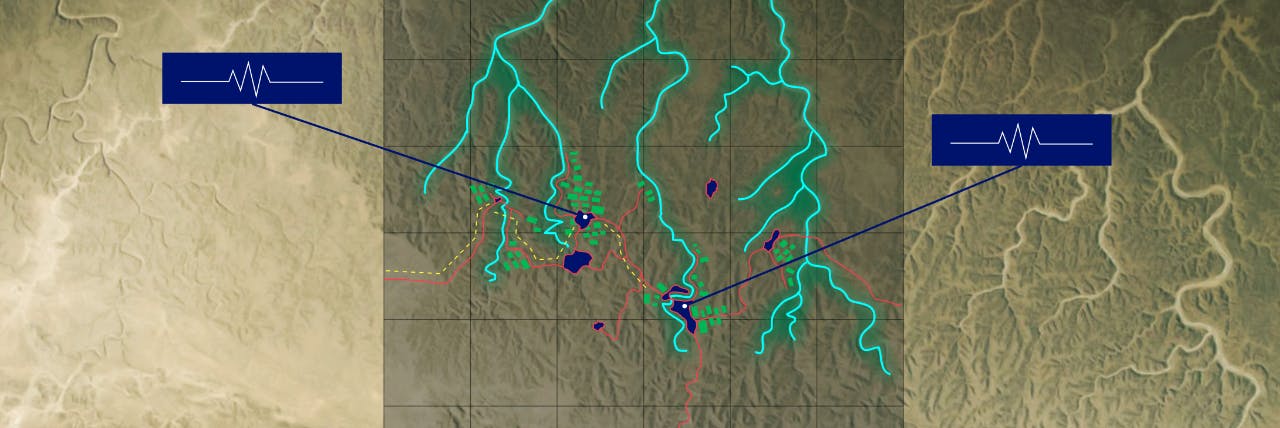
Informing the COVID-19 response in developing countries
As the COVID-19 pandemic spreads across the globe and stretches the healthcare systems of cities like New York, London or Milan to breaking point, we are deeply concerned about how developing countries - our area of work - can deal with it.
Decision-makers need reliable, up-to-date data. Using geospatial data and analytics, we want to contribute to this effort with the resources available to us. Together, we can get started on questions such as:
Virus spread: How could the virus spread, based on factors
such as population clusters, transportation infrastructure, or certain public
places such as markets or places of worship?Locating testing facilities: Where could testing
facilities be strategically located? Is electricity and water available?Predicting healthcare bottlenecks: Where are health
centers, hospitals, hospital beds and ICUs located? Which population groups are
at particular risk of experiencing bottle- necks or unavailability of health
services?
This brief report outlines some of these ideas and presents a case study in Ethiopia. The code is forked from the covid19 repository from the Data Partnership authored by Bruno Sánchez-Andrade Nuño. Our code is freely available on github. A visualization can be accessed here.
Read more

The impact of digital payments on the off-grid sector
In this brief report, we outline the development of digital payments and their significant impact on the distributed, off-grid energy sector.
Digital payments are all non-cash payments, in which the payer initiates the payment electronically. One type of digital payment is mobile money. This disruptive technology has emerged as a leading payment platform in many developing countries with over 866 million registered accounts (143 million were added in 2018 alone) and transactions worth $1.3 billion conducted every day.
Key findings:
The rise of digital payments, and mobile money in particular, are directly associated with the rapid growth of the OGS sector.
Historically, digital payment platforms have been proprietary solutions. Now, a number of third-party solutions are available, such as PaygOPS and Paygee. This lowers the market entry barrier for new OGS and mini-grid companies.
The evolution of digital payments has not plateaued. There is ongoing and promising research and development in the core technology, as well as on the data analysis around it.
This document is part of the sector-wide report Energy access, data and digital solutions which is available here.
Read more

Digital operations for the off-grid sector
In this report, we outline how digital operations is benefiting the energy access industry.
The off-grid sector faces unique operational challenges which fall loosely into two categories: the operation and optimization of technology in remote areas and the management of a widely dispersed, often poor customer base.
This report presents the enabling technologies and takes a look at the currently available solutions along with an assessment of how they can boost growth of the off-grid sector.
Key findings:
Remote monitoring gives the energy access industry the data to transform their businesses from the provision of energy services to offering a broader set of customer solutions.
The combination of digital payments with digital operations, particularly remote lockout technology, has led to the success of PAYGO.
Without digitizing operations, it will be very difficult to scale mini-grids beyond 10-20 sites.
This document is part of the sector-wide report Energy access, data and digital solutions which is available here.
Read more
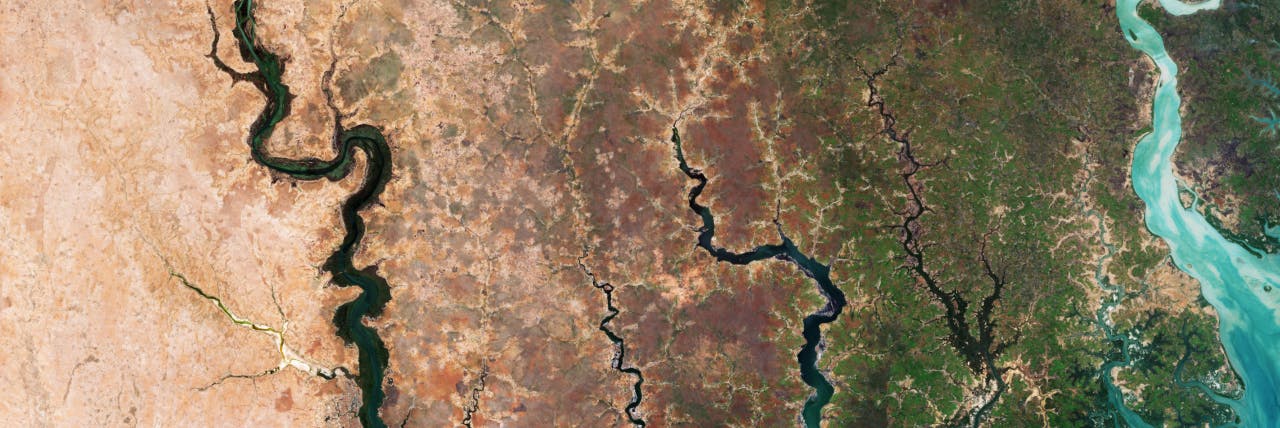
Digital planning for the off-grid energy sector
This report details how emerging digital planning tools and platforms hold the promise to significantly de-risk and accelerate electrification efforts. A key driver for this development is the growth of high-quality, large-scale datasets such as satellite imagery, IoT sensor data and smartphone based surveys along with the increase in available computing power and analytics methods.
One of the emerging tools covered in this report is Village Data Analytics (VIDA), TFE Energy's digital energy access planning platform (more information available here).
This document is part of the sector-wide report Energy access, data and digital solutions which is available here.
Read more
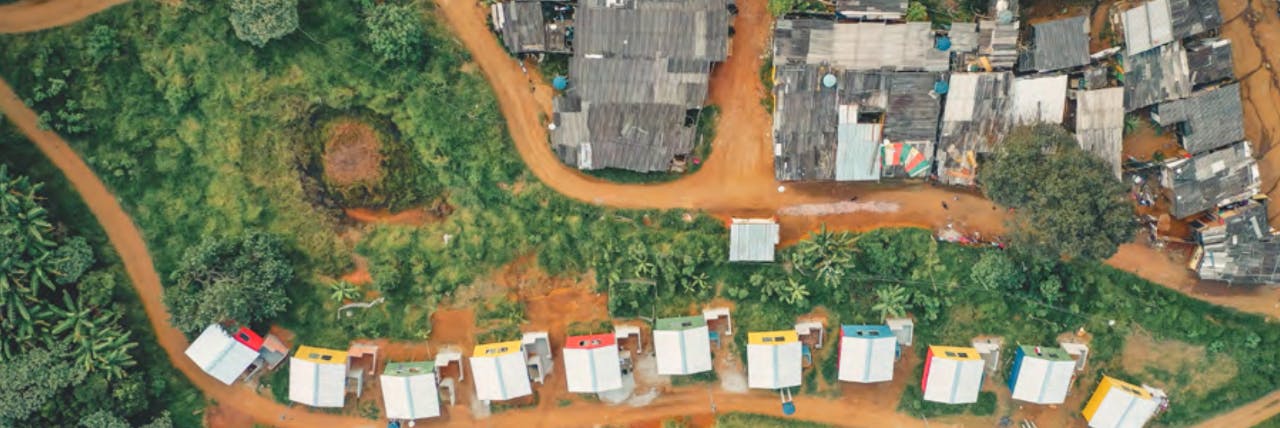
Digital aggregation platforms for off-grid energy
In this report, we show how online, digital aggregation platforms are changing the investment mechanisms for off-grid projects.
The primary purpose of digital aggregation platforms is to facilitate investment into the off-grid space. In order to achieve this, projects are standardized, aggregated and made accessible to different stakeholders. This can significantly reduce transaction and operating costs and unlock new investment sources.
There are two types of platforms:
1. Project aggregation platforms: They aggregate projects and link them to professional investors, regulators or subsidy providers. They are mostly used by mini-grid companies where transaction cost for infrastructure investors is key to scaling.
2. Crowdfunding platforms: They aggregate private investors and link them to companies or projects. They are sometimes used by mini-grid developers for project financing. More often, they are used by OGS companies to access debt.
This document is part of the sector-wide report Energy access, data and digital solutions which is available here.
Read more

Harnessing digitialization for energy access: Key recommendations
This position paper summarizes key recommendations for all actors in the energy access sector for the adoption of digital tools to enable the growth that digitalization has brought in so many other sectors. The recommendations revolve around steps for good data governance and data standards, mitigating bias, pressing for data-driven decision-making in remote areas and establishing data partnerships.
This document is part of the sector-wide report Energy access, data and digitial solutions which is available here.
Read more

Energy Access, Data and Digital Solutions
The use of data and digital solutions has a transformative effect on mini-grid and OGS businesses by reducing the cost of power delivered, by reducing the investment risk and by enabling rapid scaling of solutions. This will be instrumental to actually meet global electrification goals (energy for all).
This study by TFE Energy - based on 12 in-depth case studies, around 50 interviews and over 300 companies screened - is the first comprehensive assessment of how data and digital solutions are deployed in the challenging energy access market.
A number of highly innovative solutions are compared across four categories: digital planning tools, digital operations, digital platforms, and digital payments. The report also looks at the financing ecosystem and makes recommendations to all the stakeholders.
We thank all the participants who contributed to the research.
Read more

Mini-grid site selection in West Africa using Village Data Analytics (VIDA)
VIDA is an artificial intelligence (AI) powered, data-enabled service that utilizes satellite imagery, publicly available geospatial data, on-ground survey data, and energy modeling to identify and extract insights about rural villages and to assess their suitability for off-grid electrification, including mini-grids.
In this collaboration between TFE Energy and leading mini-grid developer PowerGen, we deployed VIDA in West Africa to test and validate its predictions during a mini-grid site selection campaign by PowerGen.
With VIDA, we analysed an area of 5,500km2, short-listed promising villages and compared them with the results from the on-site surveys performed by PowerGen.
This report outlines the methodology, the validation process, and its results.
Read more

India’s Solar Leap: Financing a Mature Market
Solar PV is growing rapidly in India. The country has become the third largest market for the technology globally. Driven by cost competitiveness, solar PV is now the preferred choice for new power plants by the federal and most state governments. Access to large amounts of capital is essential for the market to maintain its momentum. Our report shows that the financing ecosystem in India is stepping up to meet the needs of the market.
Read more

Bridging the Energy Gap: Demand Scenarios for Mini-Grids in Myanmar
Very little is currently known about energy usage in households and businesses in rural Myanmar. This report is one of the first attempts to provide insights into electricity consumption, demand behaviors of families and businesses in the central Dry Zone, and current and potential demand scenarios that will inform decision makers in the energy and rural development sectors.
Read more

The Case for Electric Mobility in India
India is the fifth largest car market in the world and has the potential to become one of the top three in the near future – with about 400 million customers in need of mobility solutions by the year 2030. That is one side of the coin. The other side is that the country needs a transportation revolution. The current trajectory of adding ever more cars running on expensive, imported fuel and cluttering already overcrowded cities suffering from infrastructure bottlenecks and intense air pollution is unfeasible. India’s cities will choke. A transportation revolution will have many components – better ‘walkability’, public transpor- tation, railways, roads – and better cars. Many of these ‘better cars’ will likely be electric.
Read more

Kenya: The Worlds Microgrid Lab
Kenya shows that the global microgrid market is ready for significant private investment. While challenges still remain - especially around the regulatory framework and aggregation of projects - there are now enough businesses with viable business models to provide early stage, strategic or even crowd investors with commercially attractive opportunities.
The medium-term growth potential for the microgrid market in Kenya, as well as in other energy access markets including in Africa, South and South-East Asia, is very high.